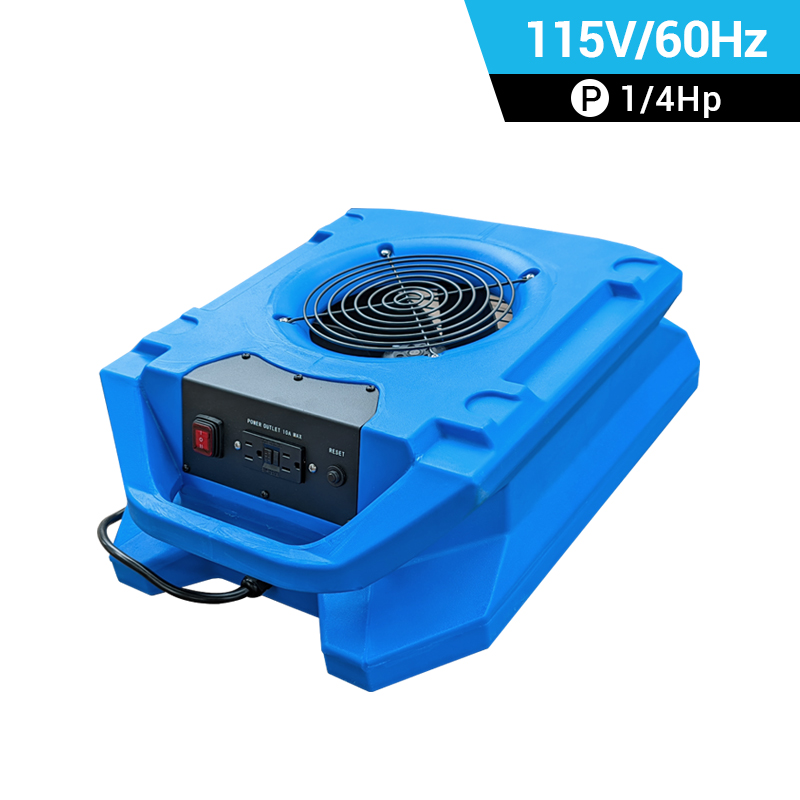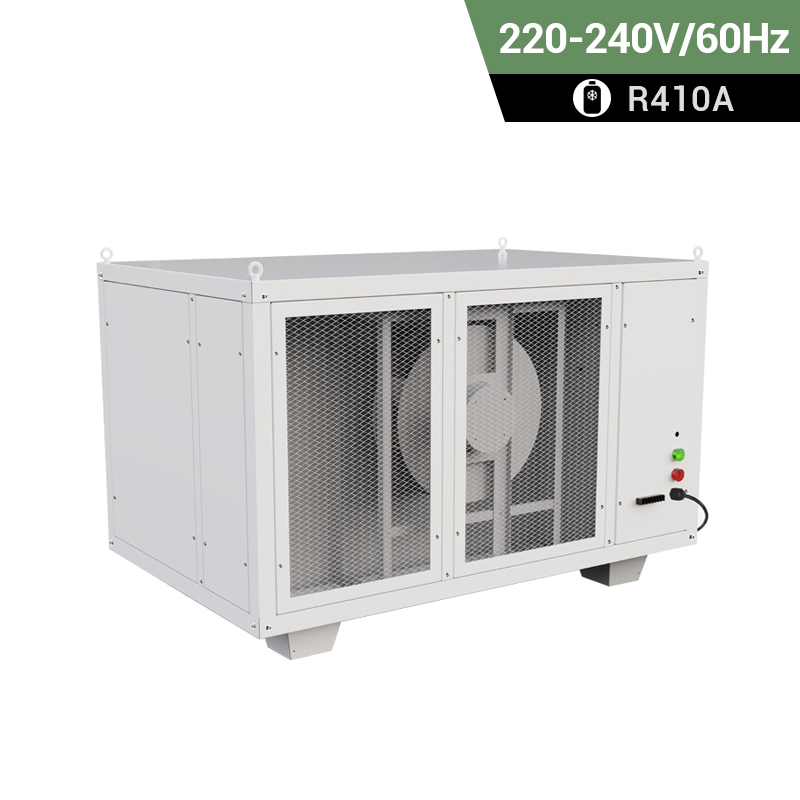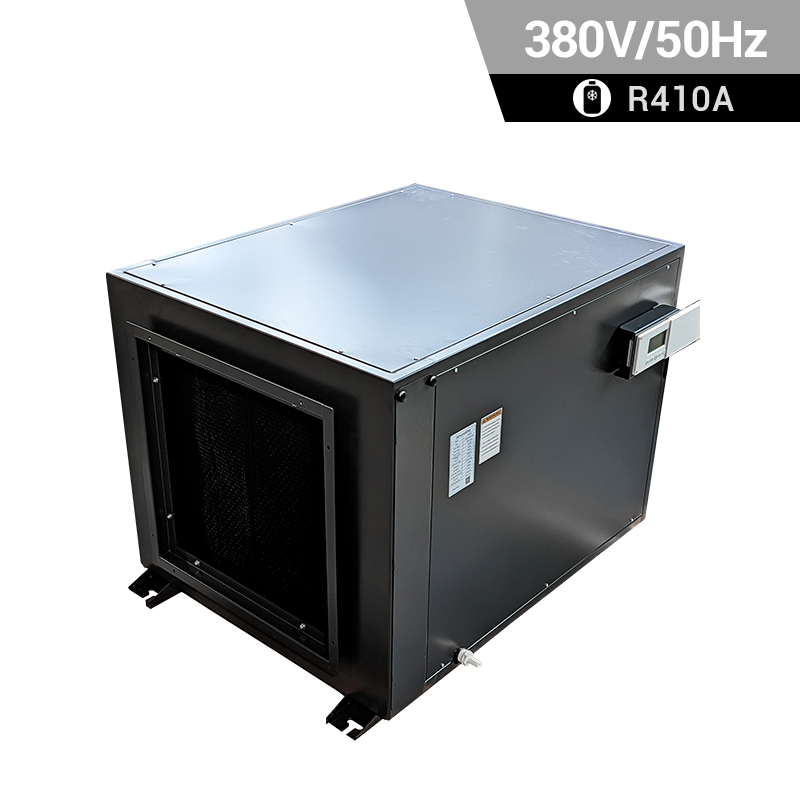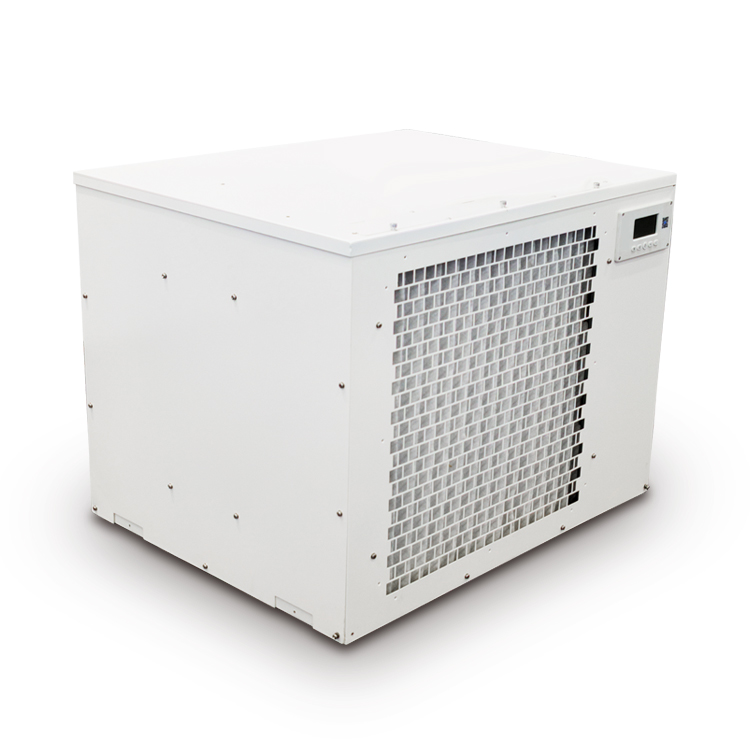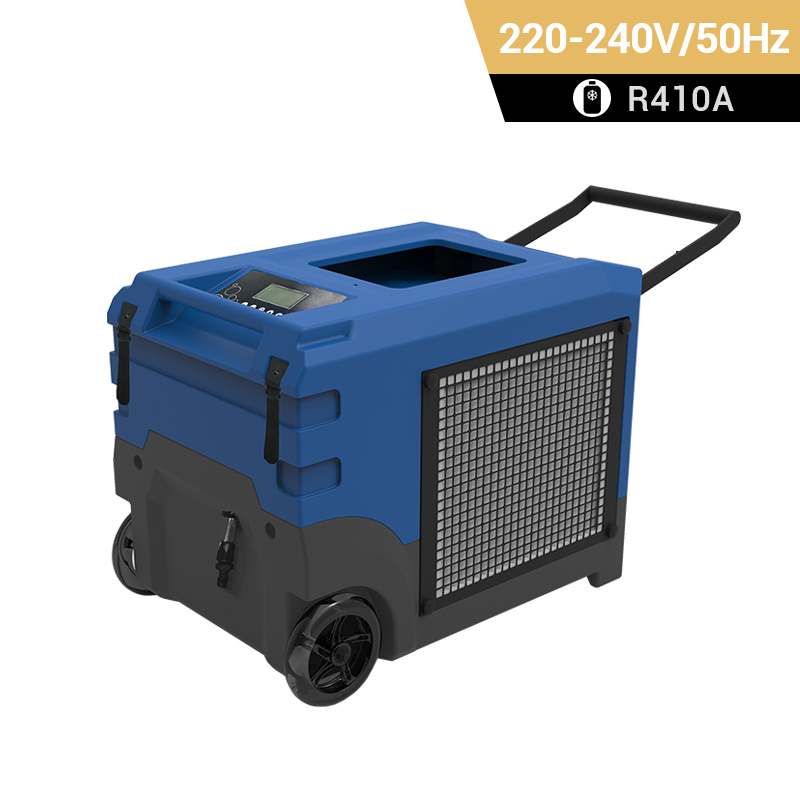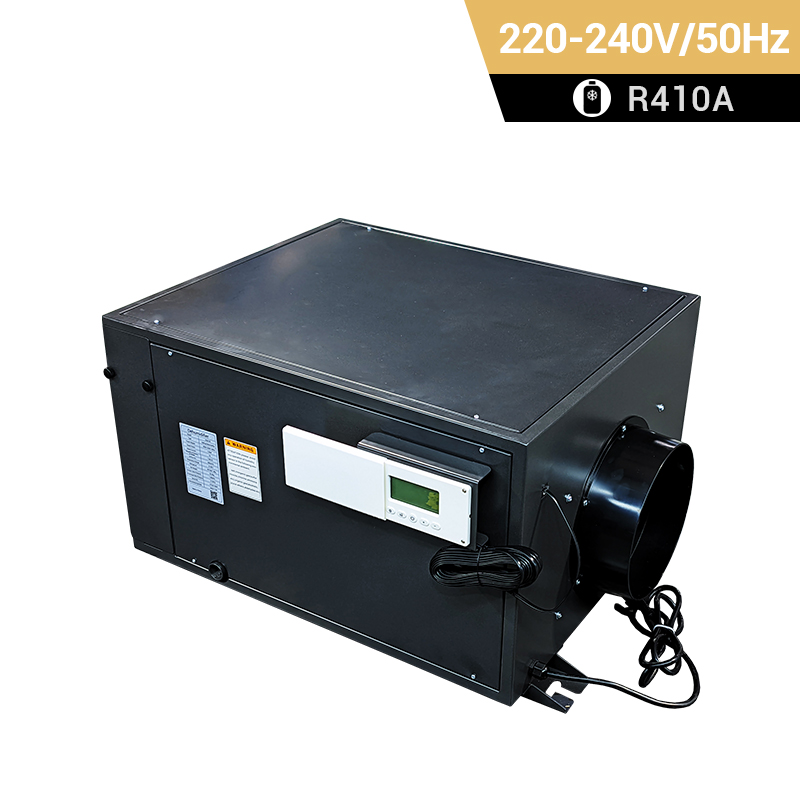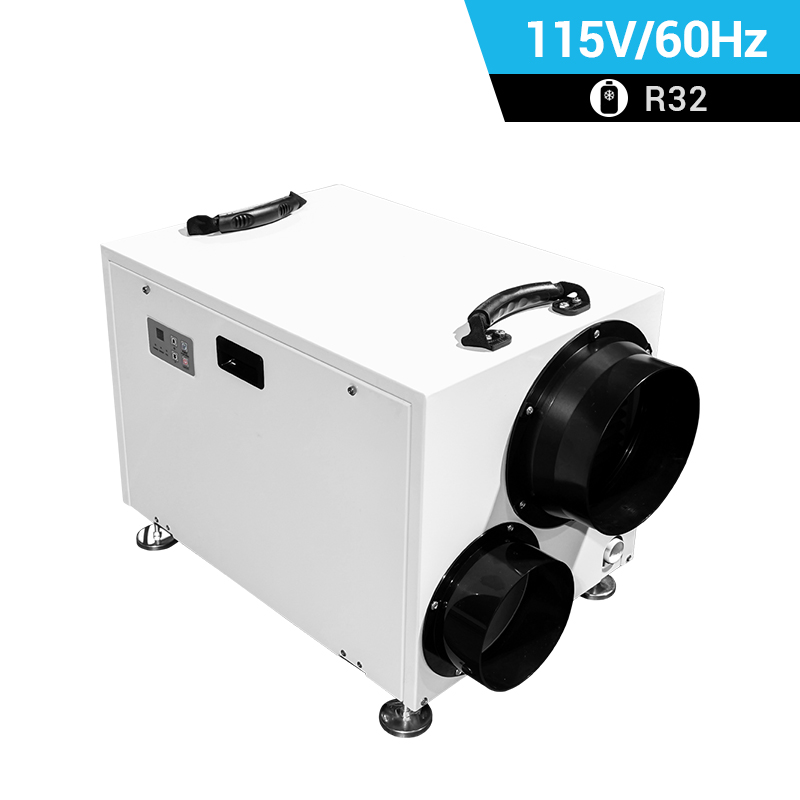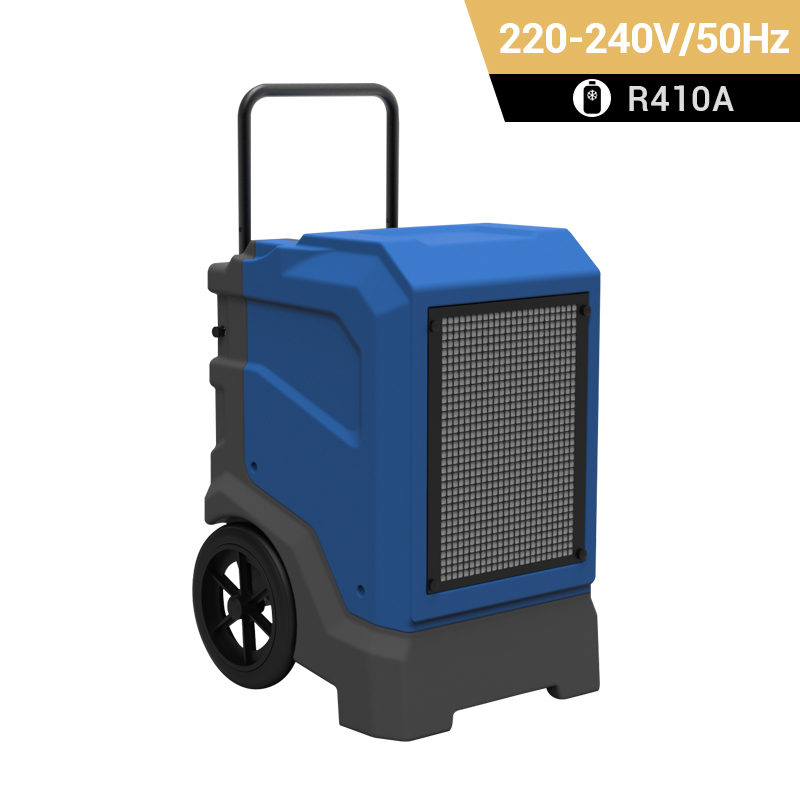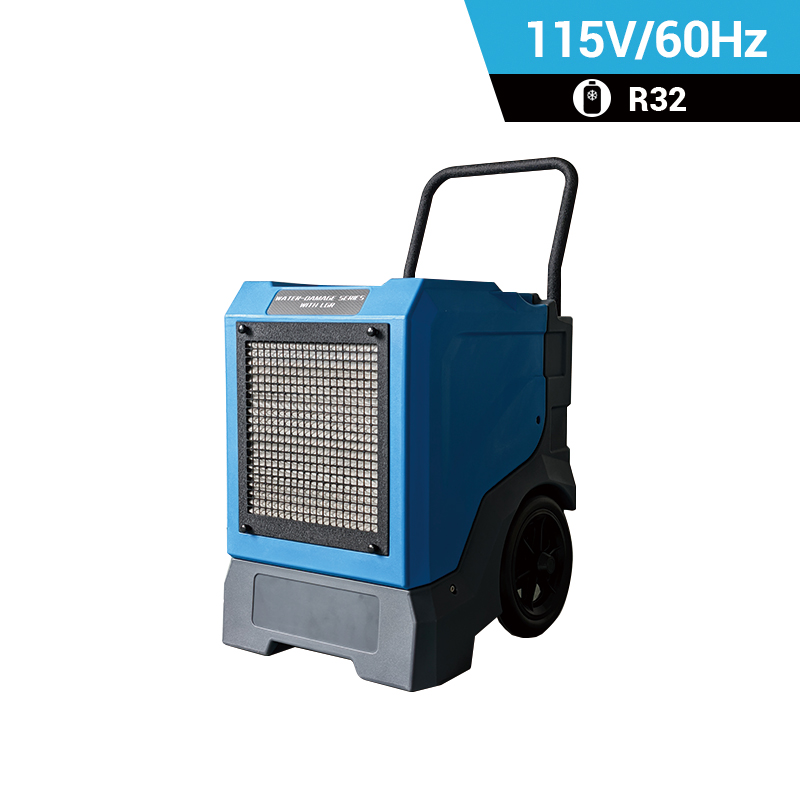Green House Drying
Greenhouse drying is the process of removing excess moisture or humidity from the air within a greenhouse environment. This is essential for creating an optimal growing environment for plants, as excess humidity can lead to issues like mold, mildew, and plant diseases. Here are some methods for greenhouse drying:
-
Natural Ventilation:
- Properly designed greenhouses should have ventilation systems that allow fresh air to circulate and help reduce humidity levels. Roof vents, sidewall vents, and louvers can be used to facilitate airflow.
-
Fans and Ventilation Systems:
- Installing fans or exhaust systems can enhance air circulation and help remove excess moisture. This is especially important in larger or more tightly sealed greenhouses.
-
Dehumidifiers:
- Dehumidifiers are appliances specifically designed to remove moisture from the air. They can be used in greenhouses to regulate humidity levels, especially during periods of high humidity.
-
Heating Systems:
- Properly controlled heating systems can help regulate temperature and humidity levels. Warm air can hold more moisture, so heating can be an effective way to reduce humidity in cooler seasons.
-
Use of Shade Cloth:
- Shade cloth can help reduce direct sunlight and subsequently lower temperatures and humidity levels within the greenhouse. This can be particularly useful in hot and humid climates.
-
Monitoring and Control Systems:
- Implementing environmental monitoring systems that track temperature and humidity levels can help you make informed decisions about when and how to implement drying techniques.
-
Proper Watering Practices:
- Avoid overwatering plants, as excess water can lead to increased humidity levels. Use a controlled watering system and ensure proper drainage to prevent water buildup.
-
Drying Mats or Absorbent Materials:
- Placing drying mats or absorbent materials on the greenhouse floor can help absorb excess moisture from the soil and air.
-
Proper Plant Spacing:
- Ensuring that plants are spaced appropriately allows for better air circulation and can help prevent excessive humidity levels.
-
Mulching:
- Using organic mulch can help regulate soil moisture levels and prevent excess evaporation, which can contribute to high humidity levels.
-
Humidity-Tolerant Plant Selection:
- Consider choosing plant varieties that are more tolerant of higher humidity levels, especially if you live in an area prone to high humidity.
Related Products

Top Selling Products
-

Phone
-

E-mail
-

Facebook
-

Youtube
-

Top


